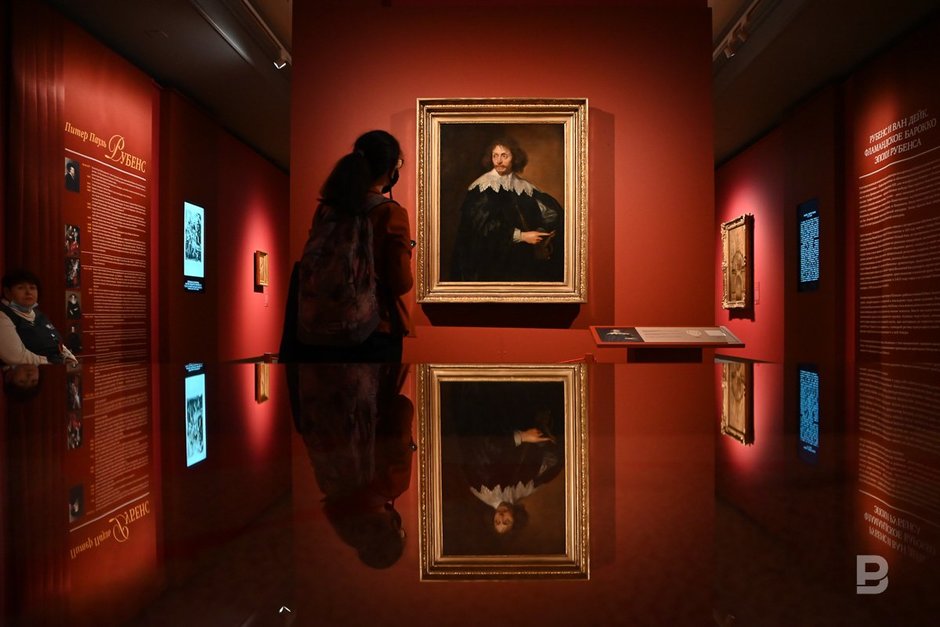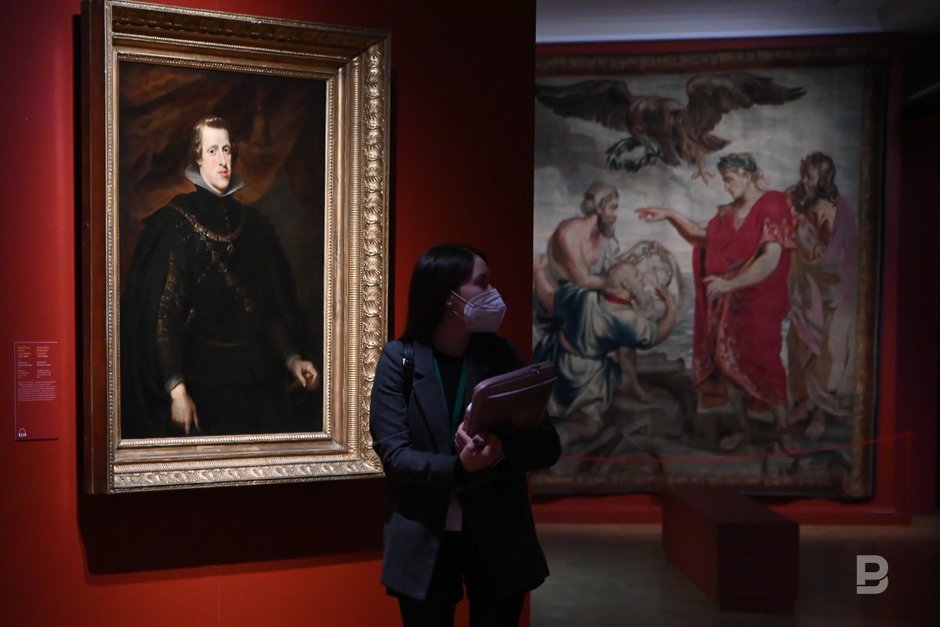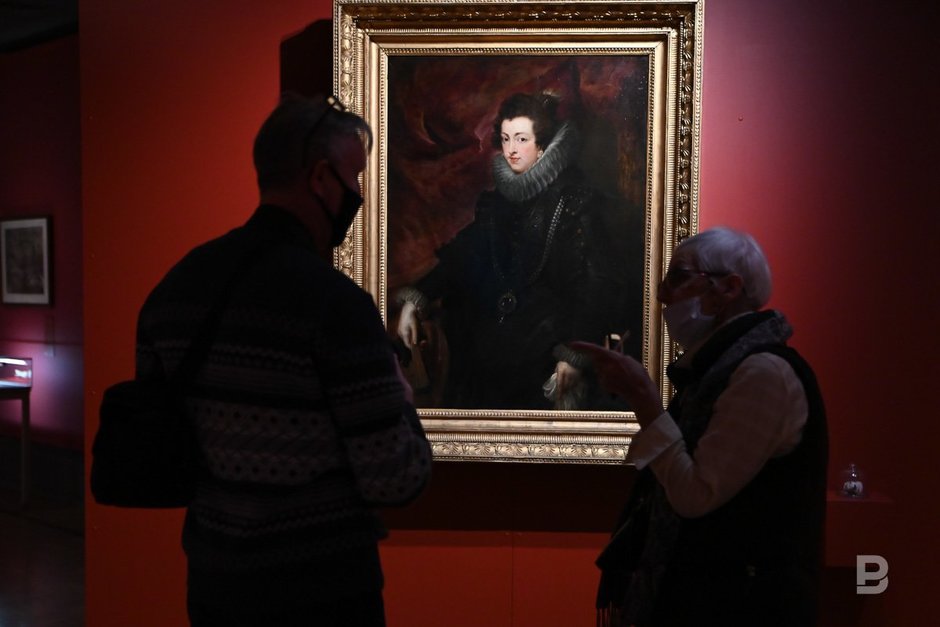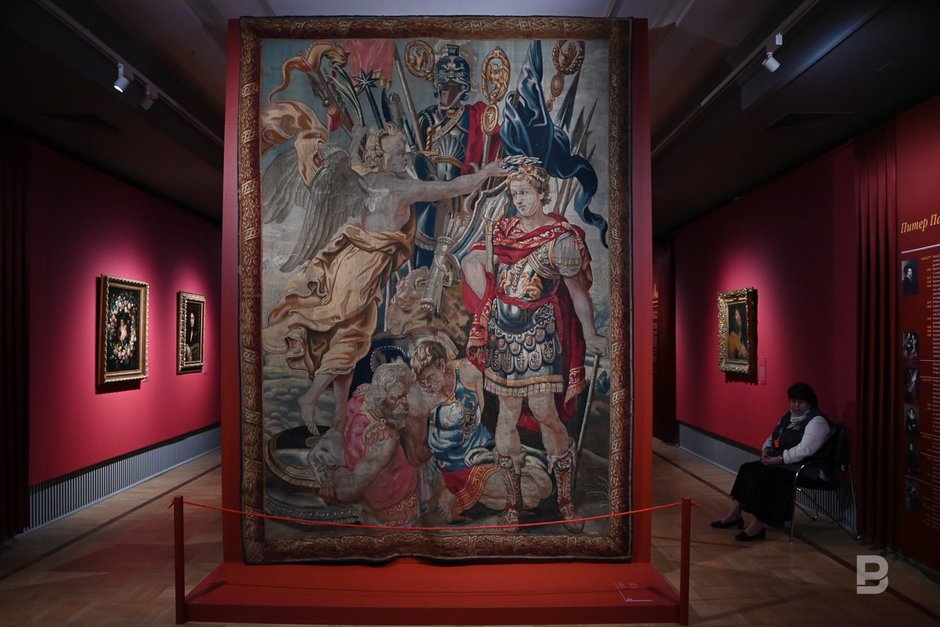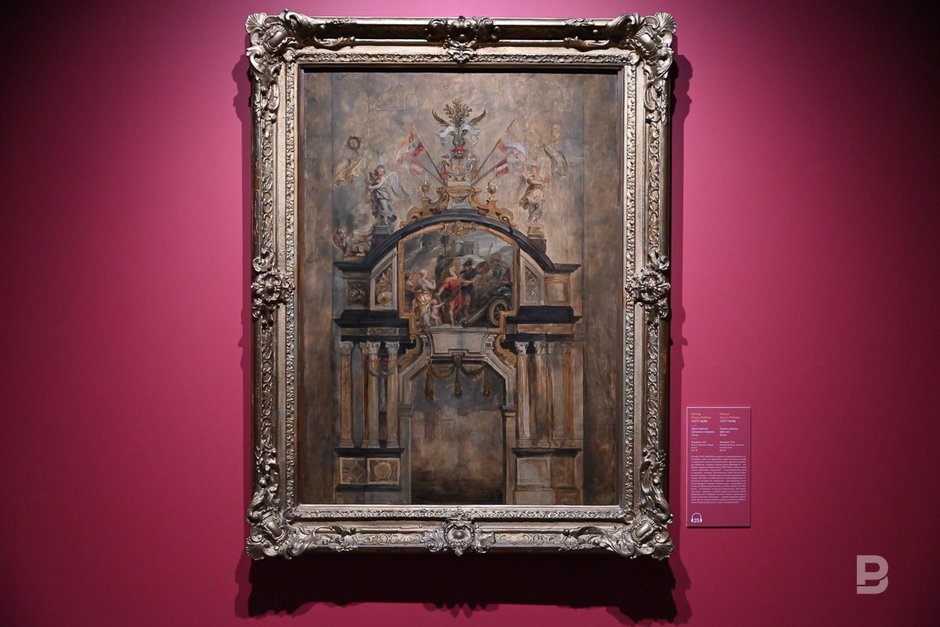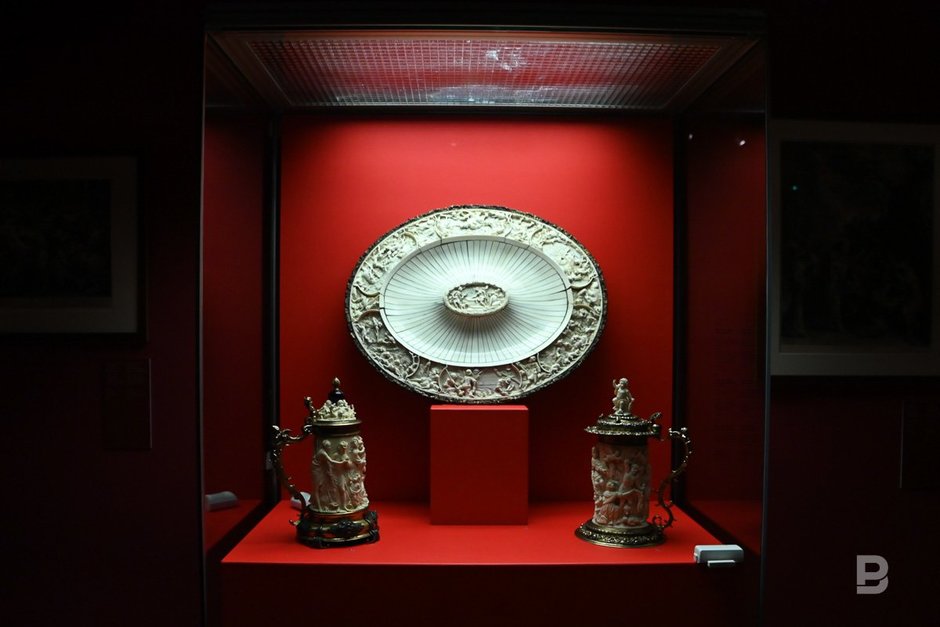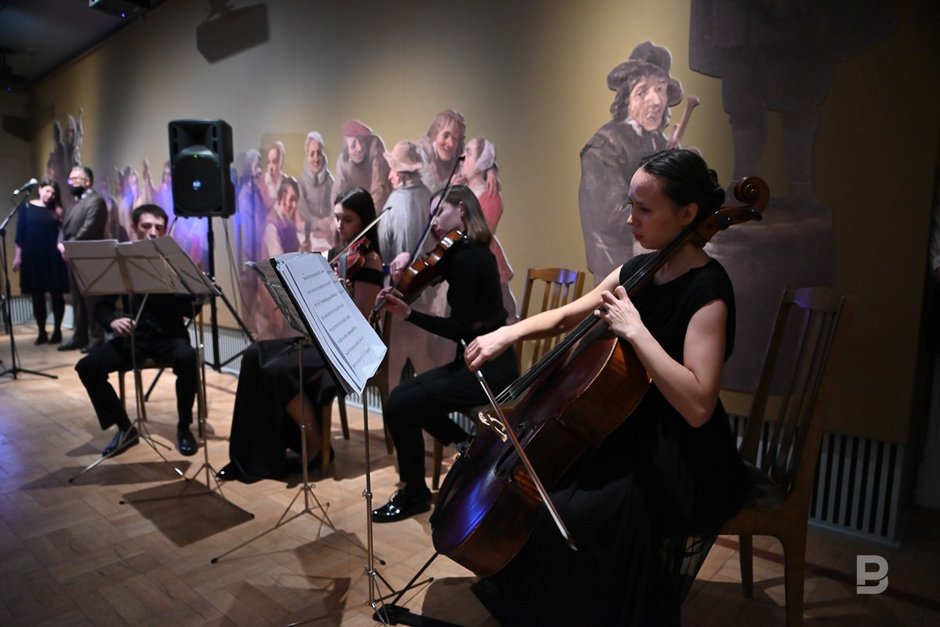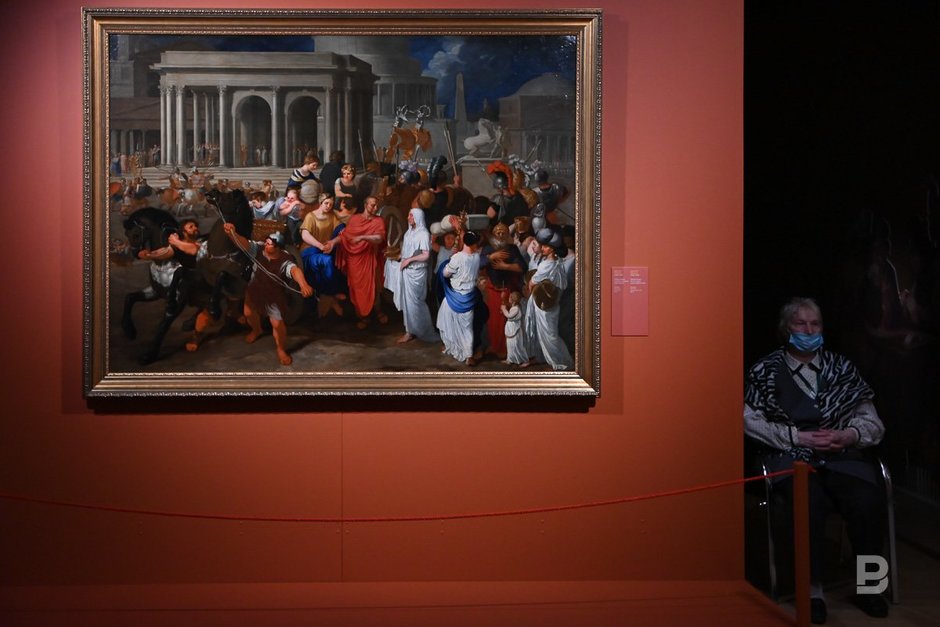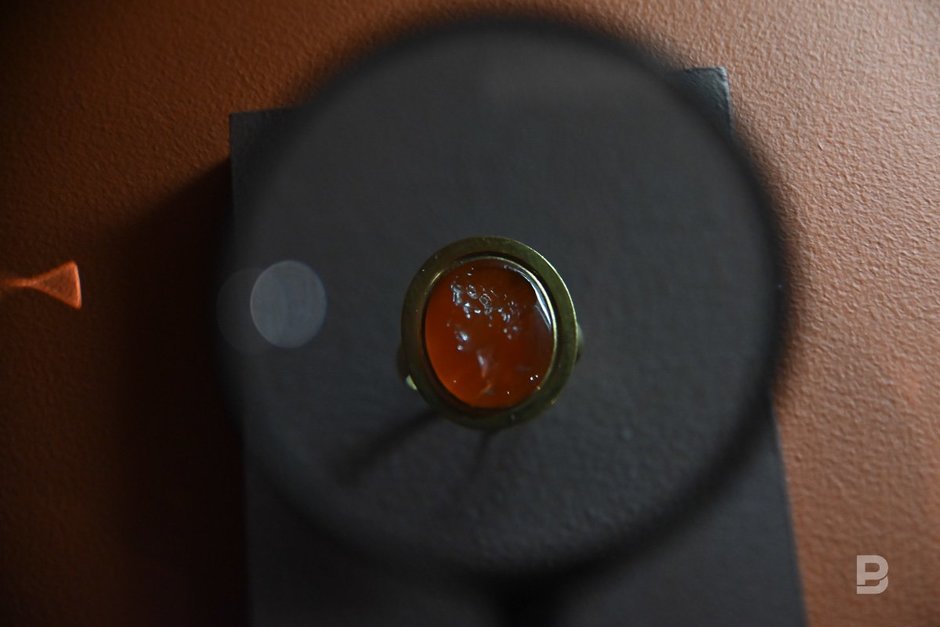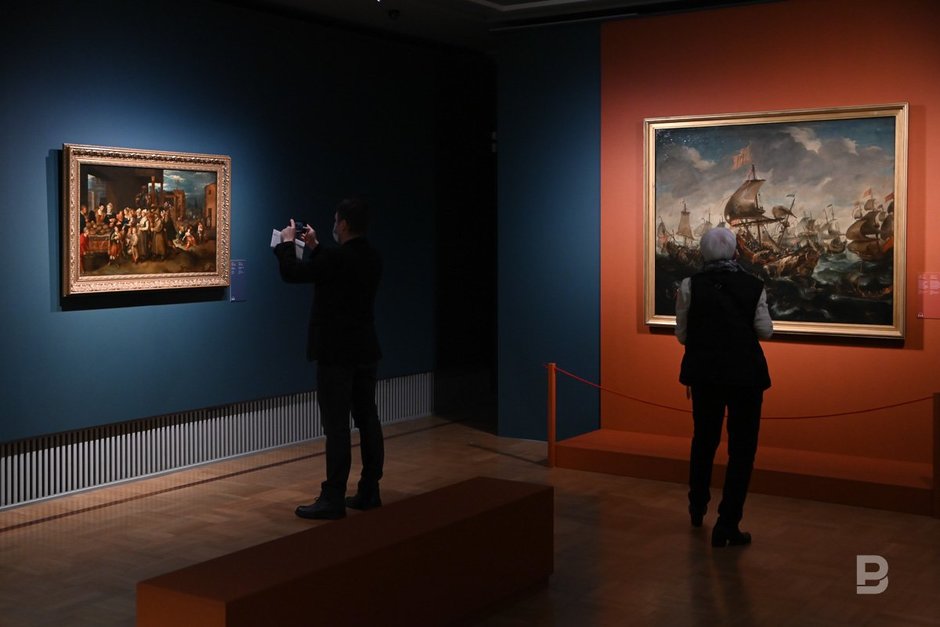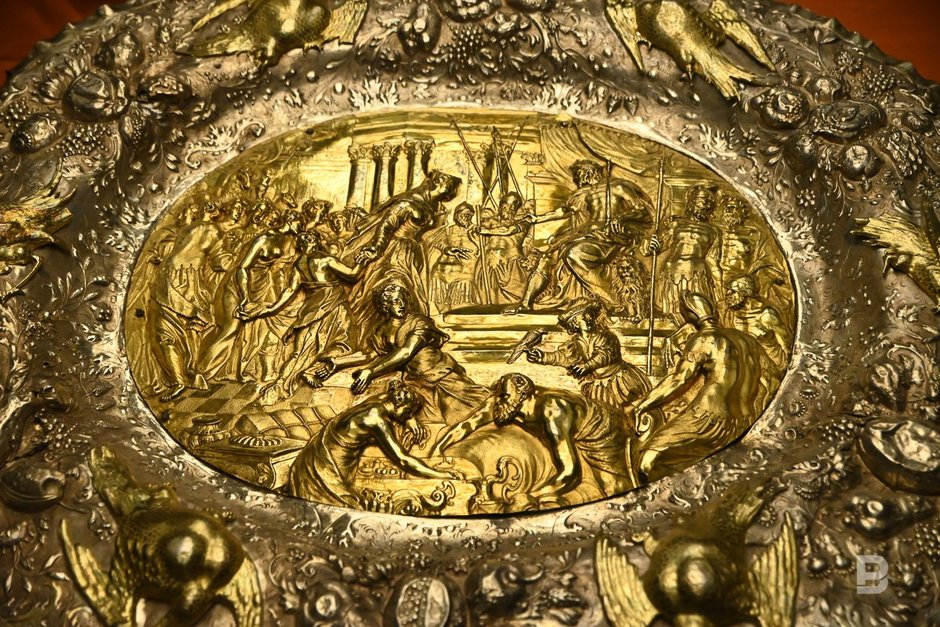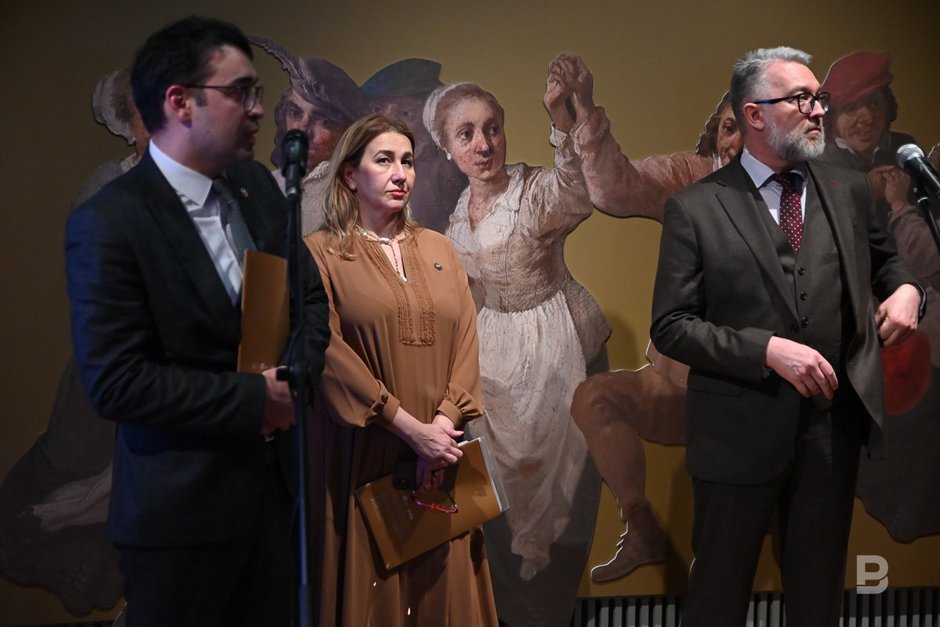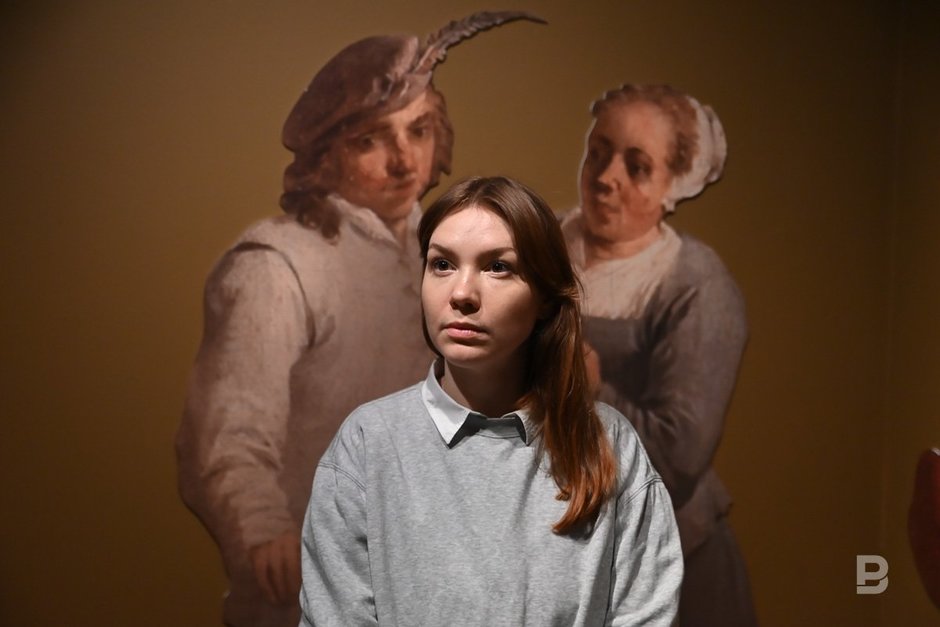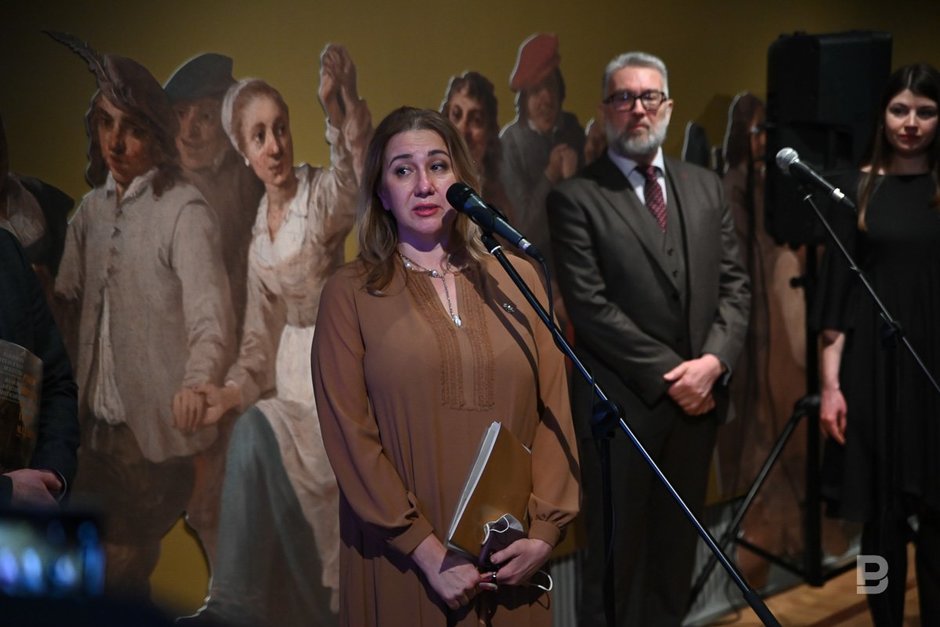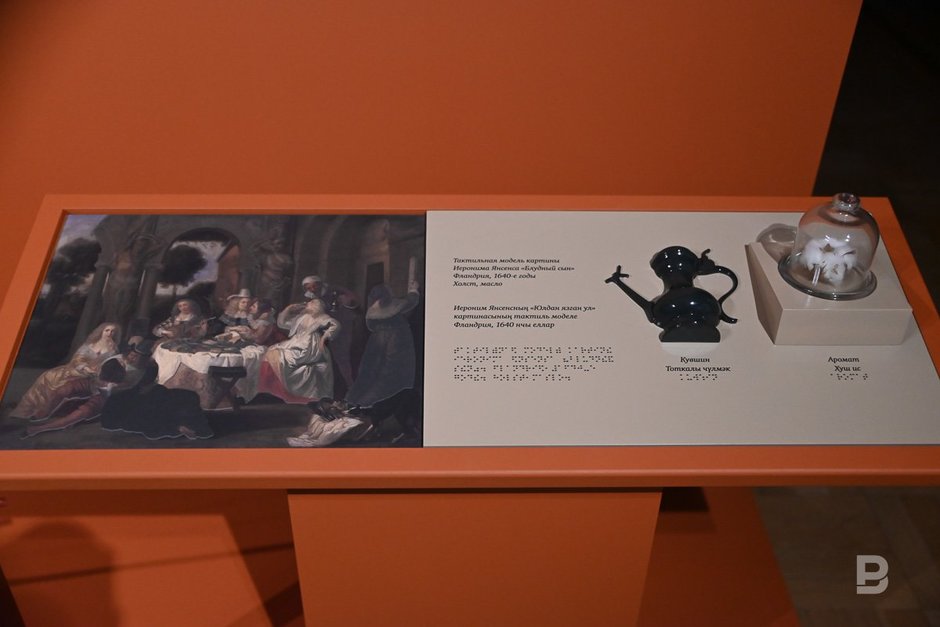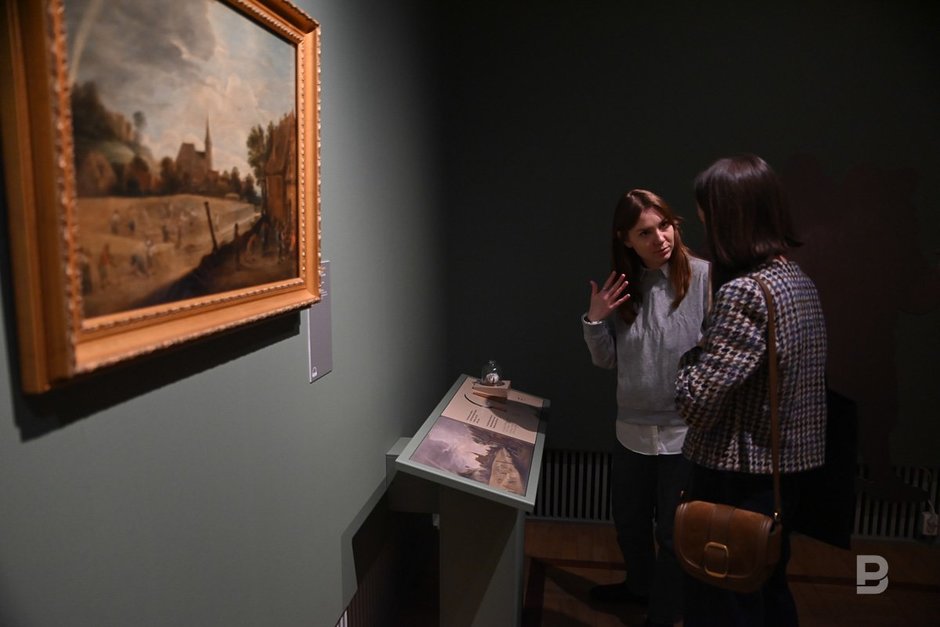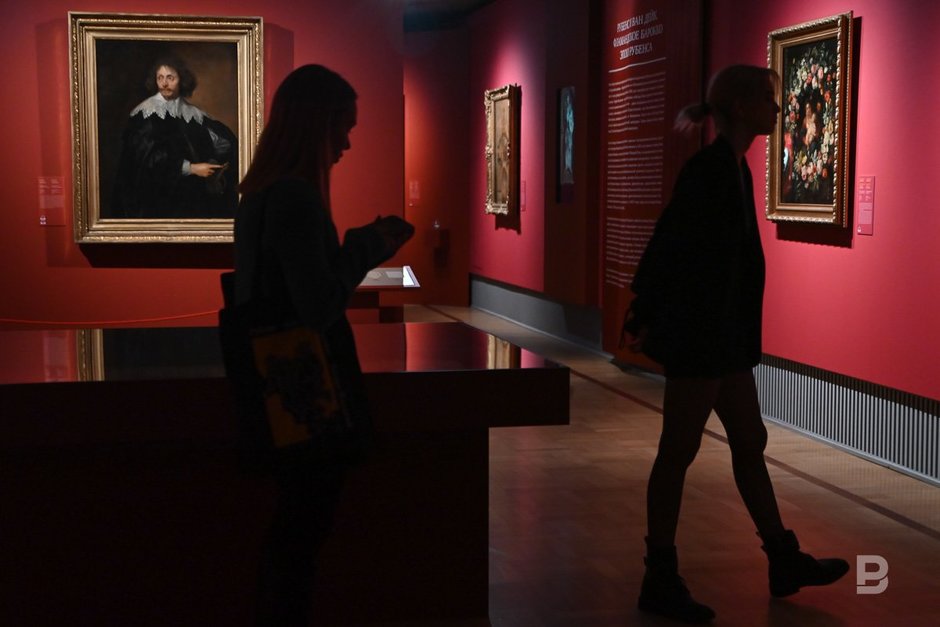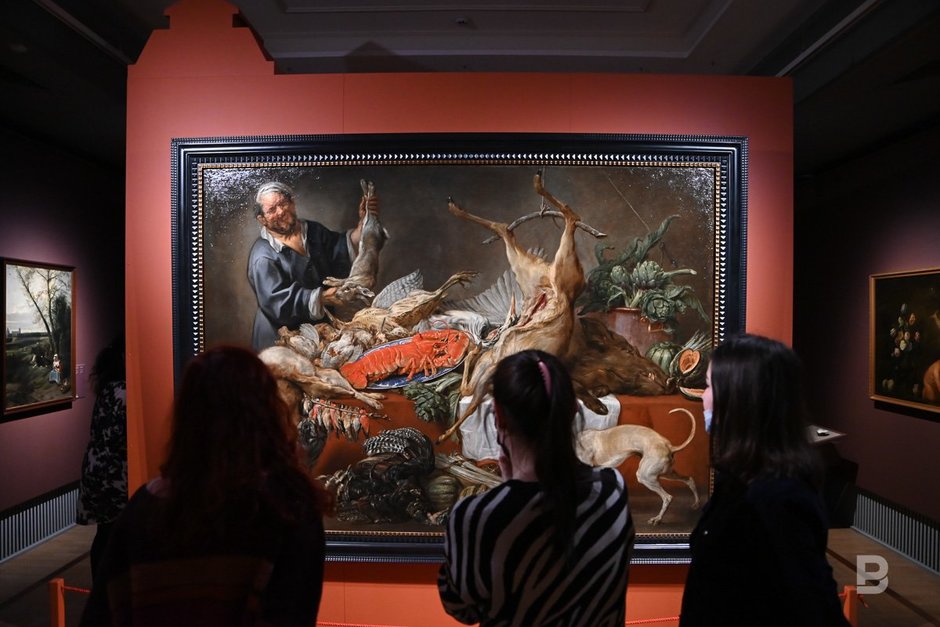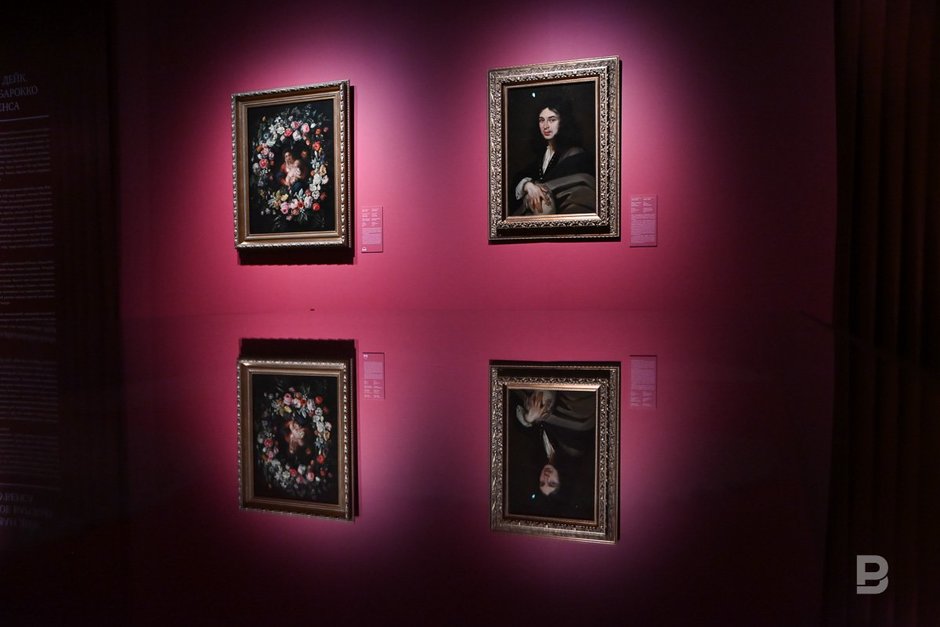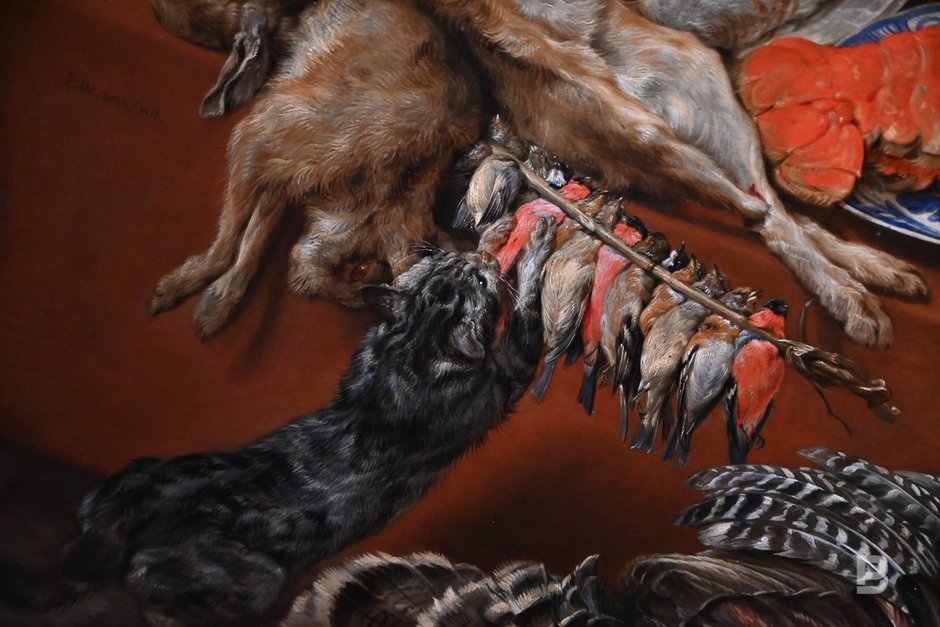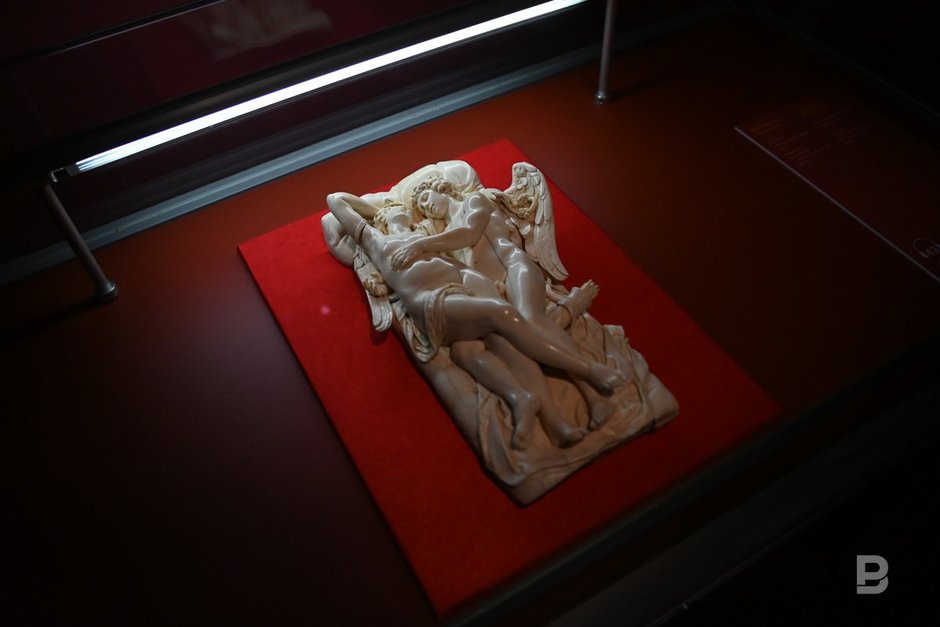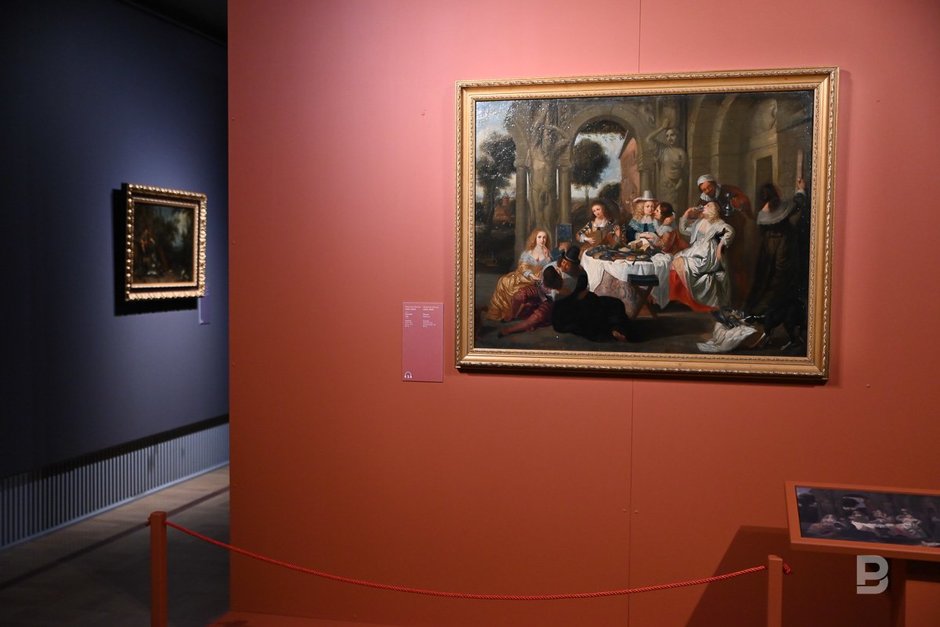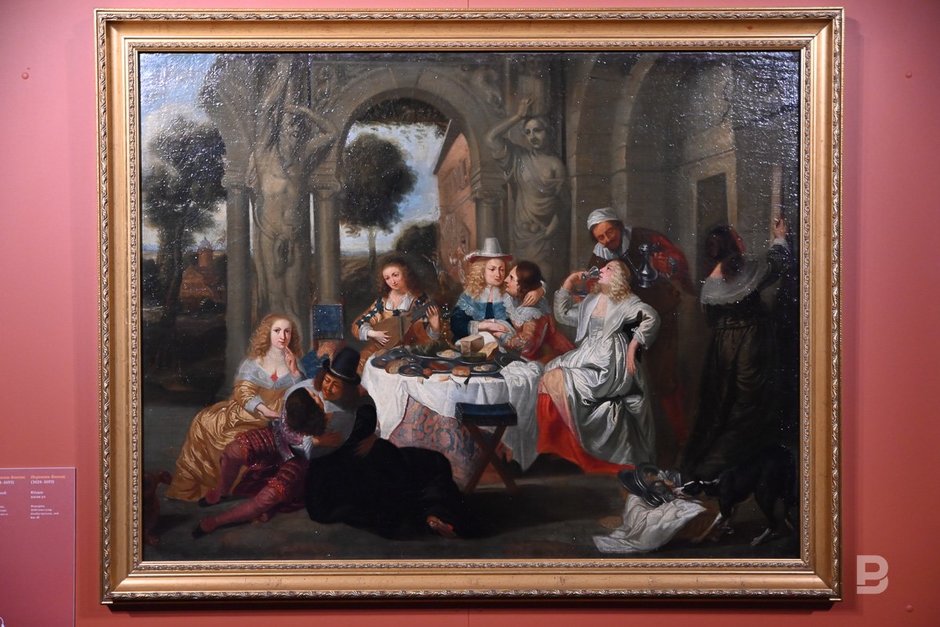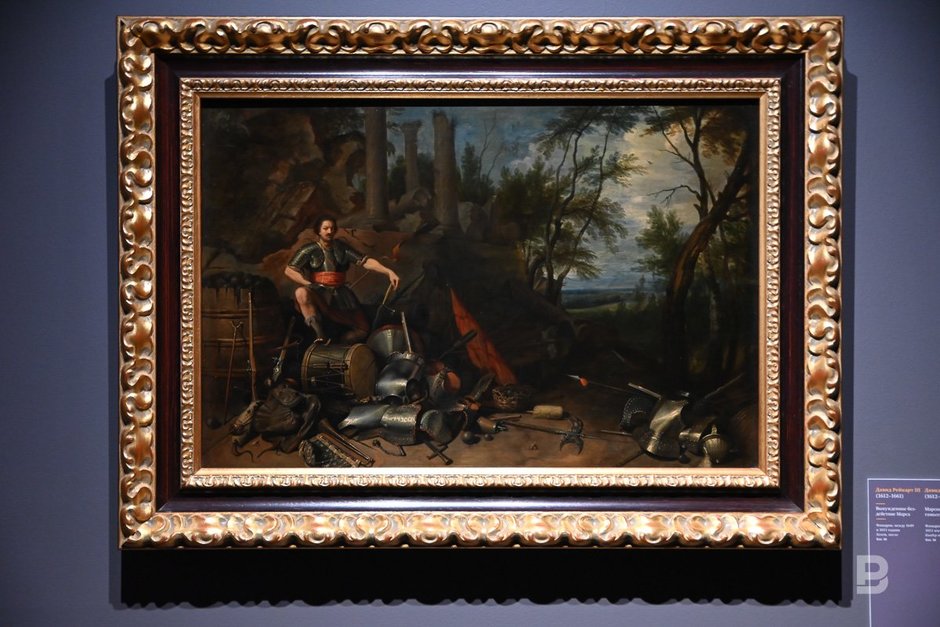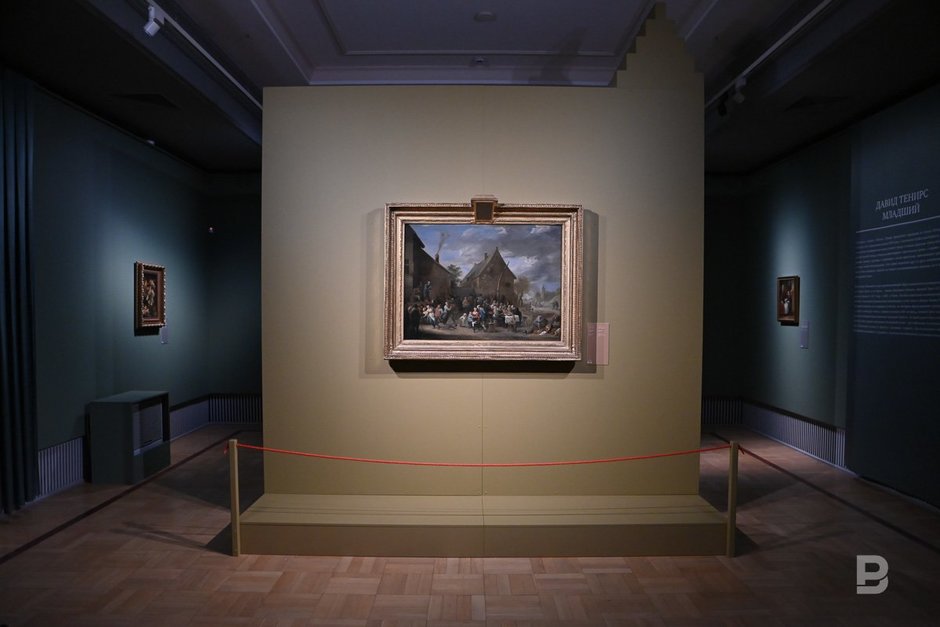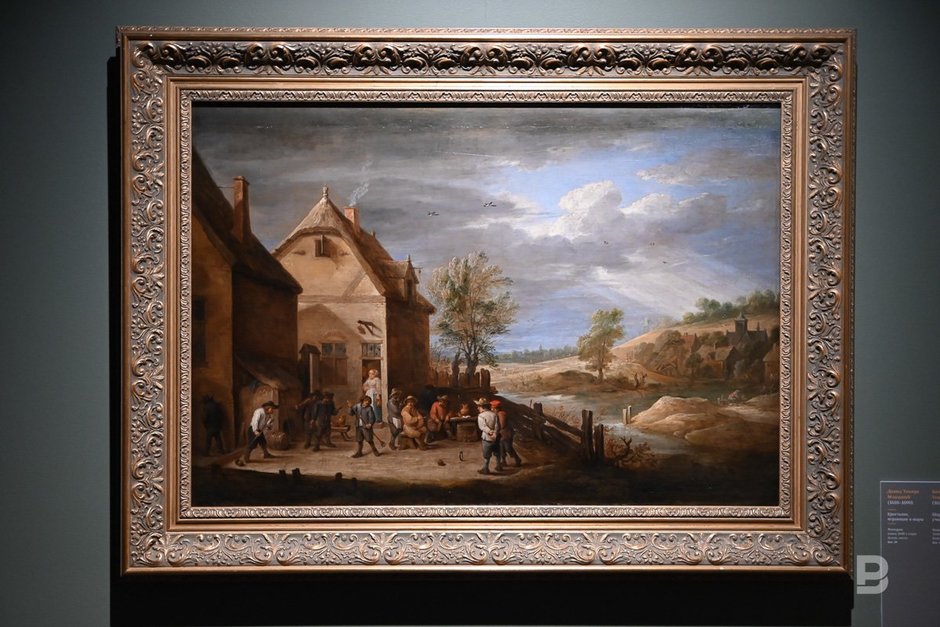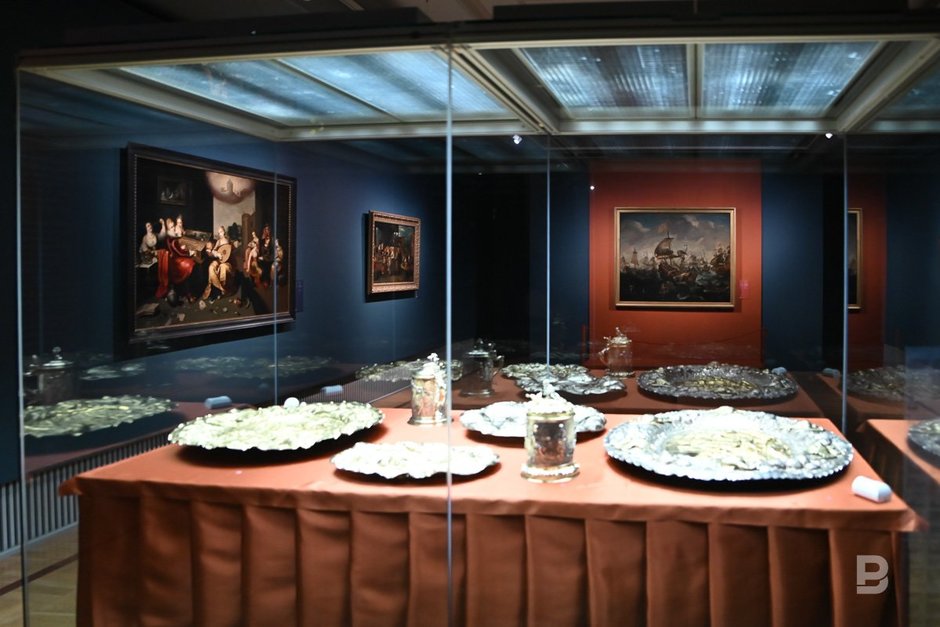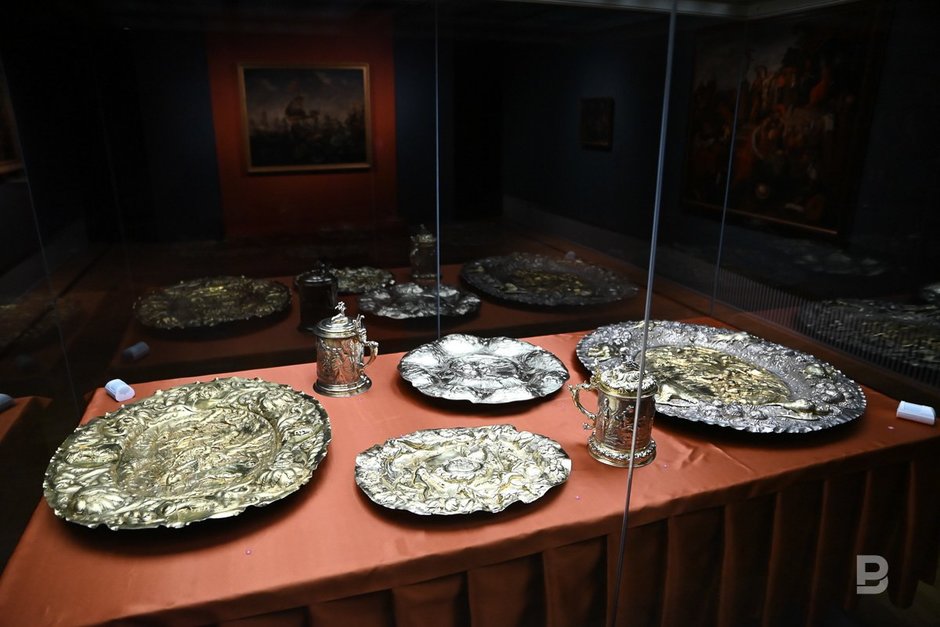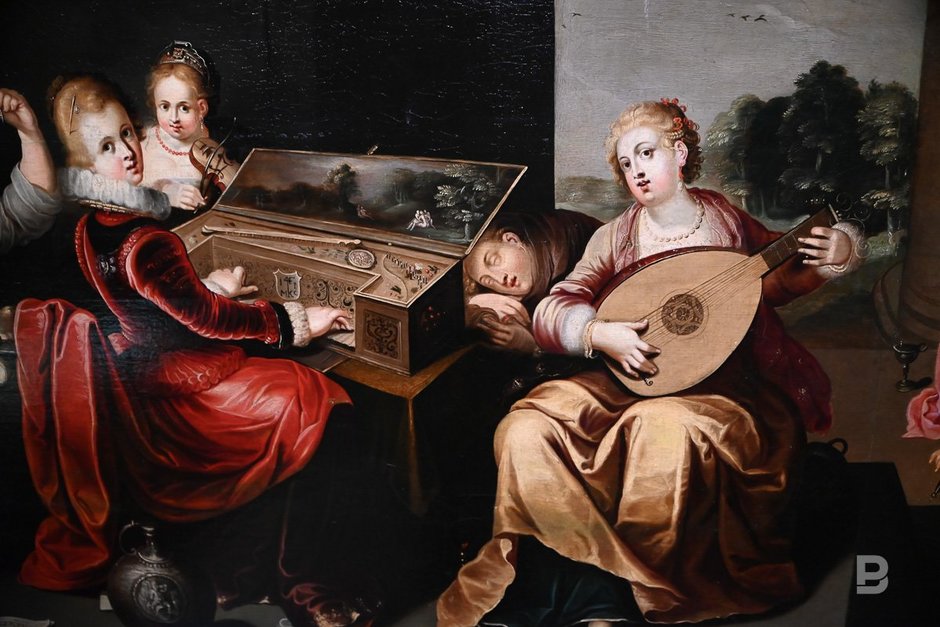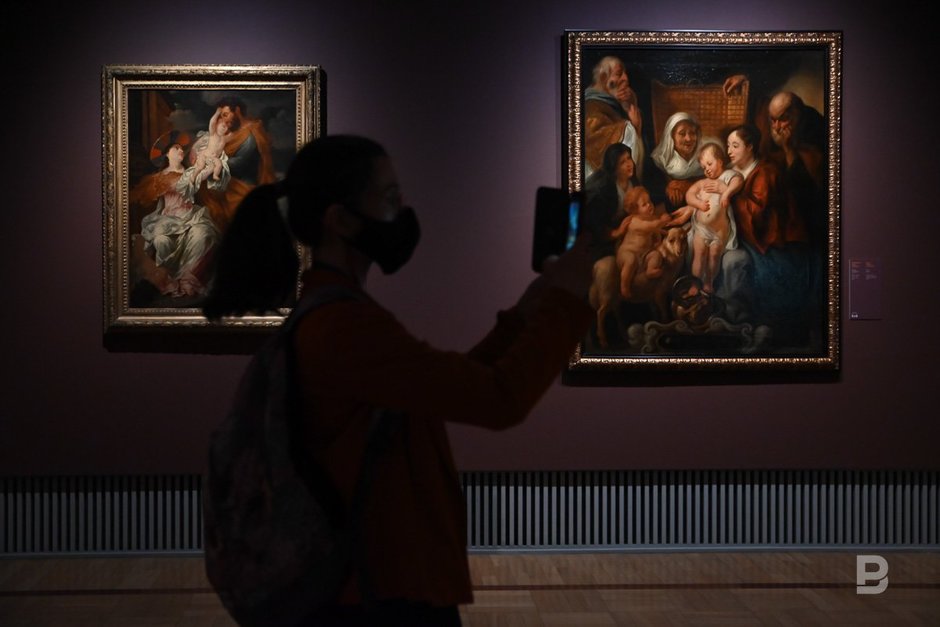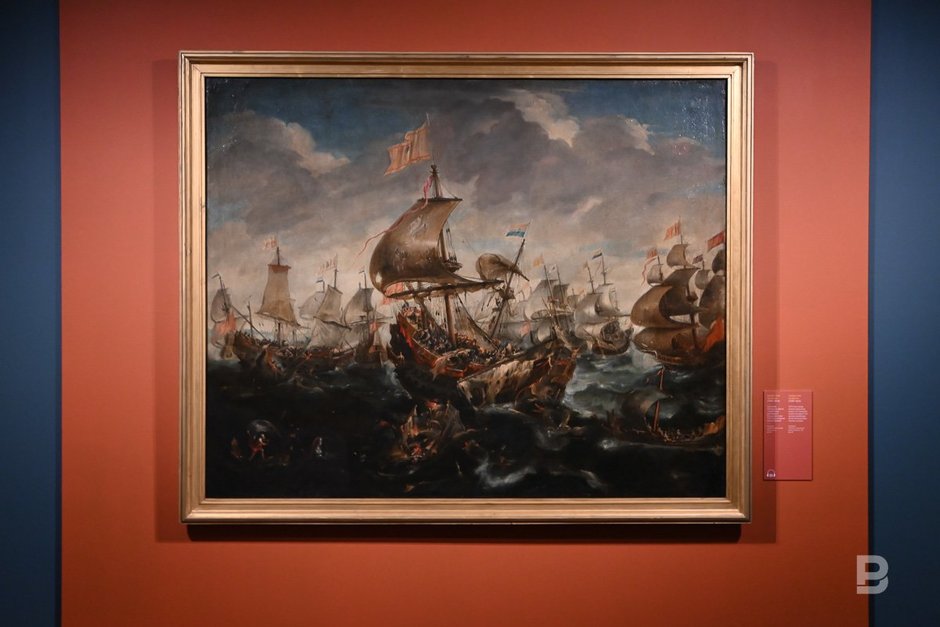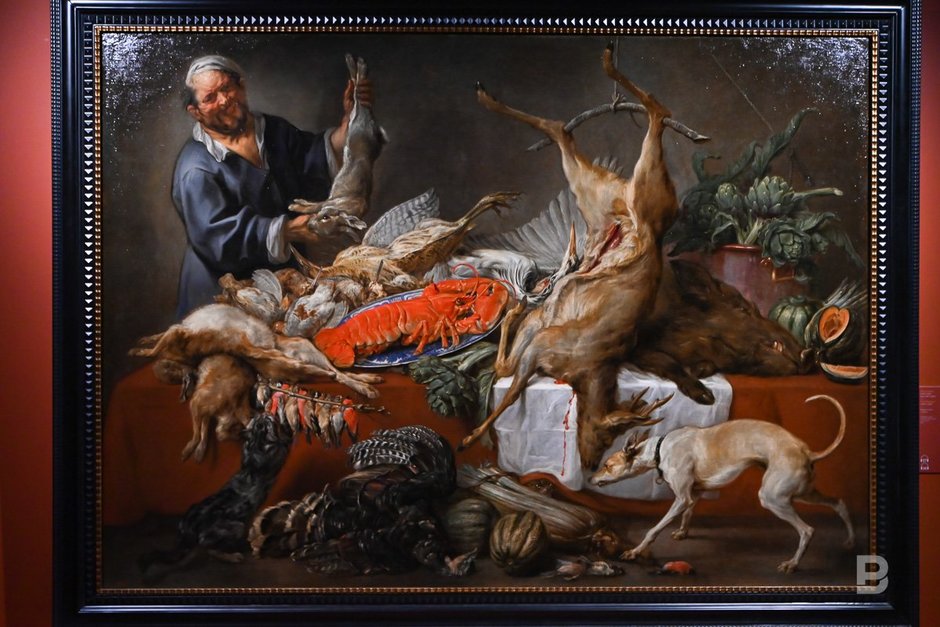How 'Golden Age of Flemish Art' reflect the weddings of kings and peasants
One of the most valuable collections of the State Hermitage Museum has come to Kazan
The exhibition “Golden Age of Flemish Art” opened on 23 February at the Hermitage-Kazan Centre. Paintings, printed graphics and objects of applied art of famous masters of Europe from the collection of the State Hermitage Museum will live for nine months in the walls of the Kazan Kremlin Museum-Reserve. Read the details in the material of Realnoe Vremya.
Seeing, touching, smelling
The highlight of the exhibition is the work of Rubens and his two younger contemporaries — Anthony van Dyck and Jacob Jordaens, but it is worth noting that there are a great many other unique art objects to be seen here. By the way, not only to see — the exhibition is accompanied by inclusive exhibits. Some of the paintings can be touched. Certainly, not the canvas itself: special stands are equipped for the blind and visually impaired under the paintings.
Information about the Flemish masterpiece can be read using Braille. Moreover, it is also possible to feel the texture of the objects depicted on the canvas — parts of a jug or shell, Flemish lace and a piece of linen are located on the walls, they are accompanied by glass flasks, lifting which you can feel different flavours. For example, from a still life with flowers and fruits, or a fragrance from an aristocratic party, full of notes of exotic perfumes.
It was the inclusion, as well as the interactive part of the exhibition prepared in Kazan, that was noted at the opening by the director of the State Hermitage, Mikhail Piotrovsky, who joined Kazan residents online:
“The interactive and inclusive part of the exhibition is an important line of our work. This is not the first time Kazan has been the place of experiment in the exhibition design of the Hermitage. The exhibition is dedicated to one of the most important collections of the Hermitage — Flemish painting, it is associated with names that make one become enthusiastic. We are very proud of the sketches of Rubens, the exhibition also presents the most important work of Antonis Van Dyck “The Apostle Peter”, there is also wonderful life writer of Flanders, Terence, and many others. Besides, the Baroque, which opposes “dry” Protestantism, is widely represented, and works of applied art deserve great attention.”
Indeed, now in Kazan you can see the only surviving sketch of Rubens “The Entrance into Lyon”, created for the tenth painting of the series “The Life of Marie de Medicis” and “The Life of Henry IV”. This series was commissioned by the dowager queen herself in the first third of the 17th century. The sketch depicts the wedding of the royal couple, when the king met his bride for the first time at the ceremony. Following the traditions of court art, Rubens depicted the couple in the form of two Olympian gods.
By the way, the director of the State Hermitage Museum noted that it is quite possible that soon Kazan will be visited by the exhibition of Spanish glass, which has opened in St. Petersburg.
How to portray the frailty and fate of one bride
In addition to the unique canvases at the exhibition, one can get acquainted with works of decorative and applied art, which reflect the influence of the genius of Rubens. The creators of the exhibition especially note two monumental trellises based on Rubens' cartoons from the famous series “The History of Constantine”: “The Trophy of Constantine” and “The Founding of Constantinople”. Both of them were commissioned by Louis XIII. Behind the glass, there are giant dishes and mugs made of silver with gilding, ivory. Experts distinguish here the group “Sleeping Cupid and Psyche” by Lucas Faydherbe and the reliefs “Adoration of the Magi” and “Solomon and the Queen of Sheba”.
It is worth noting that Rubens himself was fond of collecting jewelry, so the exhibition is complemented by unique stones and cameos of the late XVI — early XVII centuries — “Temple of Venus”, “Joseph and his Brothers”, “Allegory of Space and Valour”. Speaking of allegories, they have a separate hall, because in their work Flemish masters often used signs and symbols. For example, in the small cabinet painting “Allegory of Mortality” by Nicolaes van Verendael of the early 1660s — flowers that will soon dry out, and angels blowing soap bubbles. Hieronymus Franken II's complex large-scale work “The Parable of the Wise and Unreasonable Virgins”, created after 1604, refers to the symbols and, at the same time, to the biblical plot. And suddenly right there — the “Peasant Wedding” of David Teniers Jr. with all the revelry of bacchanalia, however, without the groom. Then, according to tradition, the wedding was first celebrated in the bride's house, only then she entered the groom's house. The snide artist marked the bride's age with a half-dried tree in the centre of the composition — “the young one was no longer young”.
50 years have become a century
It is interesting that the exposition is built in such a way that the great by genius of the creator works are surrounded by a lot of air. There remains time to reflect and “breathe” before moving on to a new object of contemplation. Besides, all the halls are equipped not only with information posters, but also with interactive stands, with their help one can dive deeper into the history of Flanders itself and its creators.
Mikhail Dedinkin, the deputy head of the Department of Western European Art at the State Hermitage Museum, noted that the “Golden Age of Flemish Art” is not just an exhibition of masterpieces or a set of rarities, but an amazing journey into history:
“This is an immersion into an era where you can see the most diverse aspects of Flemish art of this wonderful time. Rubens not only created art, in fact, he founded a huge art school. A whole galaxy of painters came out of his studio, each of them has his own face, theme, and special brush. In fact, the golden age of Flemish painting was very short, only 50 years, but this time became the glory that Belgium is proud of today. Since the time of Catherine the Great, Flemish art has been the main topic of collecting, and in an integrated approach, when not only paintings were collected, but also masterpieces of applied art.”
Earthly beauty of a simple man in the street
An integrated approach is also reflected in the integral popular science programme that will accompany the exhibition at the Hermitage-Kazan Centre: excursions and lectures, creative meetings and film screenings — and you can participate in them online. This format of the lectorium was noted in her speech by Minister of Culture of Tatarstan Irada Ayupova, saying that the Kazan Hermitage is not only an exhibition, but also an educational centre:
“I would like to note that the peculiarity of the painting of the Flemish masters was that they depicted mostly ordinary people. Moreover, it is interesting that often on their canvases we meet the faces of ordinary people in contrast to Italian art, where biblical plots with idealised images prevail. I think that the main message of the Flemish painters is that human is beautiful in his naturalness, simplicity and vitality. The earthly image — that's it, the beauty of human.”
The minister also shared memories of her childhood, when there were many art books in her parents' house. Then, getting acquainted with the illustrations of Van Dyck's works, which especially sunk into her memory, she continued to think out the life stories of the depicted heroes of the paintings.
The exhibition is open until 20 November.
